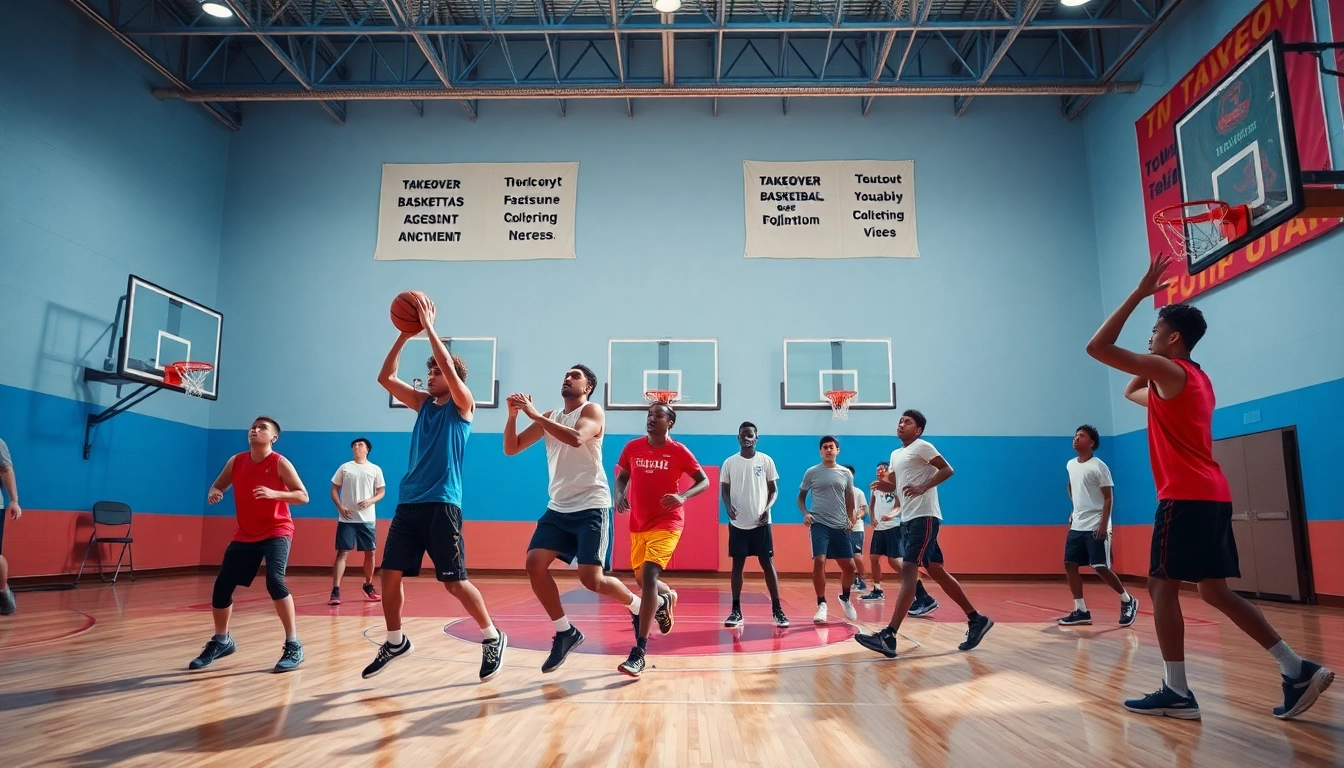Understanding the Golf Swing and Its Importance
The golf swing is often described as the most crucial aspect of the game—it’s the act of converting the potential energy from your body into a smooth, powerful movement that sends the ball soaring toward the green. For players at every level, mastering the swing is essential to achieve lower scores and improve overall performance. Interestingly, it’s not just the swing itself that matters, but also understanding its mechanics and the common errors that can arise when practicing. That’s where a golf swing training aid can play a pivotal role in a player’s journey.
The Mechanics of a Perfect Golf Swing
A perfect golf swing is a complex interaction of numerous components, each dependent on the others. Here, we will break down the essential mechanics that form the backbone of a solid swing:
- Grip: This is your connection to the club. A proper grip promotes control and improves the alignment of your shots.
- Stance: Your feet should be shoulder-width apart with a slight bend at the knees, establishing a stable foundation for your swing.
- Posture: Keeping your back straight and bending from the hips will help maintain balance and power during your swing.
- Backswing: The movement where you take the club back should be smooth and controlled. The club should reach about shoulder height before you transition into the downswing.
- Downswing: Initiate the downswing with your hips, not your arms. This shift generates speed and control, enhancing your overall distance.
- Impact: The moment of truth where the club meets the ball. The goal is to strike the ball with a square clubface to ensure optimal distance and accuracy.
- Follow-through: A well-executed follow-through promotes balance and consistency, making it an essential aspect of the swing.
Common Mistakes in Golf Swing Techniques
Even seasoned golfers can struggle with certain swing mistakes that might go unnoticed during practice. Here are some prevalent errors to watch out for:
- Over-Gripping: A tight grip can lead to tension that inhibits a fluid swing.
- Using Arms Instead of Body: Focusing too much on swinging your arms can lead to a disjointed motion and loss of power.
- Neglecting Follow-Through: Many golfers fail to complete their follow-through, which can result in poor ball striking.
- Incorrect Ball Position: Placing the ball too far back or forward in your stance can impact your shot’s trajectory.
How Golf Swing Training Aids Help Enhance Performance
To mitigate these errors and refine your swing, many players turn to golf swing training aids. These tools are designed to provide immediate feedback on your performance, helping you identify weaknesses and develop a consistent swing. Whether you’re working on grip, stance, or overall swing mechanics, these aids can serve as a valuable addition to your training regimen.
Types of Golf Swing Training Aids
The market for golf swing training aids is vast and varied, providing options for every skill level and specific training need. Understanding what’s available can empower you to select the right aid for your game.
Popular Training Aids Available in the Market
Some of the most popular golf swing training aids include:
- Swing Trainers: These tools often come in the form of weighted clubs that help develop strength and improve swing mechanics.
- Alignment Sticks: These help golfers understand proper alignment. Positioned on the ground or in their stance, they encourage an accurate approach to the target.
- Impact Indicators: Devices that attach to golf clubs to provide instant feedback about where on the clubface contact is made with the ball.
- Simulators: Advanced technology that utilizes sensors and video feedback to analyze every aspect of your swing.
How to Choose the Right Aid for Your Needs
Choosing the right golf swing training aid requires a keen understanding of your objectives. Do you want to work on power, accuracy, or perhaps rhythm? Here are some key considerations:
- Skill Level: Choose aids that match your current level—beginner aids tend to focus on basics, while advanced options refine specific skills.
- Personal Goals: Define what you aim to improve and select aids that directly align with those goals.
- Feedback Capability: Look for aids that provide quantifiable results, helping you track progress over time.
- Quality and Durability: Investing in well-made products will ensure they last through many practice sessions.
Innovative Features of Modern Training Devices
Today’s golf swing training aids come equipped with cutting-edge technology that enhances training effectiveness:
- 3D Motion Sensors: Capturing your swing in detail, these devices use advanced algorithms to provide analysis and insights.
- Mobile Apps: Many aids now integrate with apps offering instructional videos and personalized training plans.
- Virtual Reality: Simulation technology creates realistic environments where golfers can practice in different conditions.
Benefits of Using Golf Swing Training Aids
Implementing golf swing training aids into your practice routine yields several significant benefits that translate directly to improved performance on the course.
Improving Consistency and Accuracy
One of the primary advantages of using training aids is the improvement in consistency and accuracy. By focusing on specific mechanics repeatedly, players become more familiar with the proper techniques, creating muscle memory that translates into better performance during play.
Building Muscle Memory through Practice
Muscle memory is critical for golfers as it allows for a repeatable swing under pressure. Training aids help engrain the proper motion within players through regular use, leading to less variability between practice and gameplay.
Enhancing Relaxation During Play
The more familiar you are with your swing mechanics, the less anxious you will feel during play. Training aids instill a sense of confidence, allowing players to focus their mental energy on strategy and shot selection rather than on mechanics.
Training Techniques for Effective Use of Aids
Utilizing golf swing training aids is most effective when incorporated into a structured regimen. Here are training techniques to optimize your use of these tools:
Drills to Combine with Training Aids
Incorporate specific drills with your training aids for maximum benefit. For example:
- One-Handed Swings: Practice swings using only one hand on the club to build strength and improve your grip.
- Slow-Motion Swings: Take swings at a slow pace to focus on each part of the motion and identify areas for improvement.
- Mirror Drills: Use a mirror alongside your aids to visually confirm proper stance and alignment during practice.
Tracking Progress and Setting Goals
Effective progress tracking can significantly enhance the benefits of your training aid. Here are strategies to set SMART goals (Specific, Measurable, Achievable, Relevant, Time-bound) and monitor progress:
- Regular Assessments: Regularly evaluate your swing using your aids and pay attention to improvements in distance and accuracy.
- Document Your Journey: Keep a journal of your practice sessions, outlining specific areas improved through the use of your training aids.
- Set Incremental Goals: Break down your overall improvement goal into smaller, more manageable objectives that can be regularly evaluated.
Integrating Aids into Your Routine
To become a more effective golfer, it’s crucial to seamlessly integrate training aids into your existing practice regimen:
- Warm-Up: Begin practice sessions with your training aids to activate muscle memory before transitioning to regular swings.
- Dedicated Practice Sessions: Set aside specific training times within your weekly schedule devoted solely to using training aids.
- On-Course Application: Apply what you’ve learned with aids during practice rounds to reinforce new skills under game conditions.
Maximizing the Benefits of Golf Swing Training Aids
To fully realize the benefits of golf swing training aids, commitment and a strategic approach are essential. Here are ways to maximize your gains:
Real-Life Success Stories of Golfers
Many professional and amateur golfers attribute their success to targeted training and the right aids. Case studies demonstrate how players have used training aids to overcome specific deficiencies:
- Case Study: Professional Golfer A overcame a chronic slice by integrating a swing trainer and a hi-tech simulator into his routine, leading to a significant decrease in errant shots.
- Case Study: Amateur Golfer B improved her short game dramatically through the use of alignment sticks, focusing on setup and accuracy, resulting in a 10-stroke improvement over her last tournament scores.
Expert Tips for Optimal Results
Experts in the golf community provide essential tips for optimizing the use of training aids:
- Variety is Key: Rotate different training aids into your practice each week to keep sessions fresh and stimulating.
- Consistency Over Intensity: Focus on consistent, shorter practice sessions rather than infrequent, intense ones.
- Seek Professional Guidance: Working with qualified instructors can provide personalized insights into incorporating training aids effectively into your routine.
Long-Term Commitment to Improvement
Mastering the golf swing using training aids takes time and commitment. Here are suggestions to foster long-term improvement:
- Stay Patient: Improvements may take time to materialize; trust the process and remain dedicated.
- Set Milestones: Regularly review and set new milestones to stay motivated—this keeps the training engaging and progressive.
- Build a Support System: Connect with fellow golfers or training partners to share experiences and challenges as a way to stay accountable in your practice goals.




